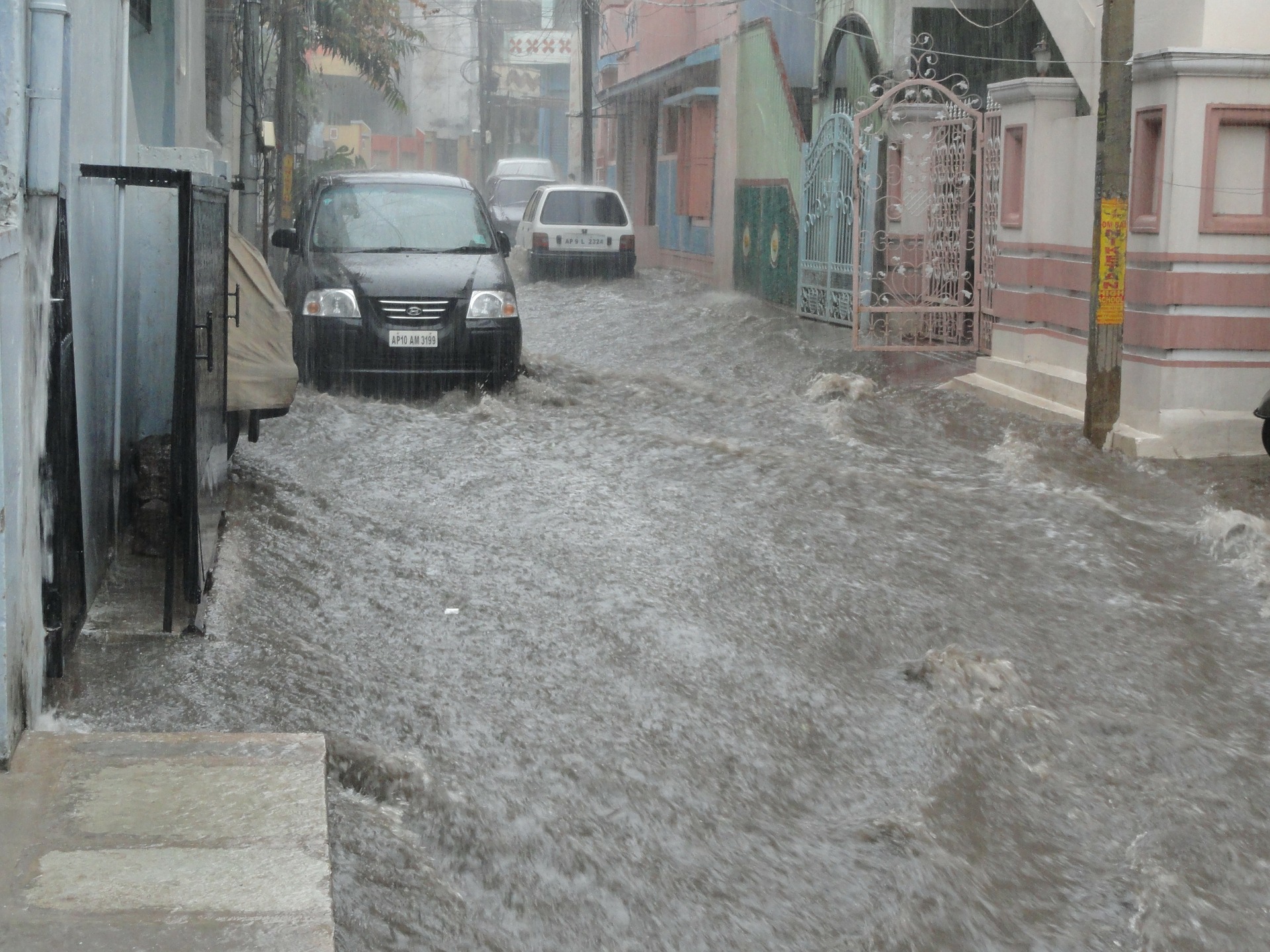How Emergency Flood Plans Can Help Keep Restaurants Afloat Through Nature’s Worst
4 Min Read By Justin Reese
Serious and worsening flooding has almost become the norm across the United States (and the world, for that matter). It’s become pervasive enough that even restaurants not located in traditional flood risk areas are well-advised to protect themselves from the costs by developing a comprehensive Flood Emergency Response Plan (FERP) – and keeping it well within reach.
Two-thirds of the country was under water this year before June even arrived. The sea level rise is accelerating, meaning high-tide flooding on our coastlines (where 40% of our population lives) is going to worsen, according to the National Oceanic and Atmospheric Administration (NOAA.) In fact, it broke records in 2018 and is likely to this year, too.
There’s a steep price to be paid the worsening flooding problems. A single hurricane or storm can lead to as much as $28.5 billion in residential and commercial property flood loss.
Whether you run a Mom and Pop diner in small town America or operate a group of tourist eateries in our coastal cities (or something in between), the chances are increasingly good that you will have to deal with impact of a flood at some point.

While it may go without saying, if you haven’t already, you should have a serious conversation with your broker about commercial flood insurance. Flood losses aren’t typically covered by most business insurance policies, but protection is available through the government-backed National Flood Insurance Program (NFIP), which sets coverage and rates.
But even with flood insurance, the best way to avoid seeing your restaurant permanently submerged by a flood is by offsetting the risk as much as possible with a Flood Emergency Response Plan. This guide for your management team and staff anticipates flood planning and response requirements with an eye toward making it through the emergency safely.
Phase I: Identify Your Risks
You will be in a much better position to manage your flooding risks if you’ve made the effort to identify what plays into them beforehand. Here’s what you should think about exploring:
- Protect yourself with fail-safe measures. You may not have an option but to build in a flood zone, in which case, you’ll want to ensure your electrical and mechanical equipment is installed above grade level. Your drains should also be pitched, and invest in sump pumps.
- Don’t settle on the obvious. Yes, a coastline or waterway location poses a flooding risk in the event of a long thaw or after a series of bad storms or hurricanes. Even if you are not in an obvious path of storms or on low ground, though, you shouldn’t breathe free. Check your location(s) against this flood hazard map from the Federal Emergency Management Agency (FEMA) to be sure.
- Assess against future risks. As your organization executes its growth strategy, sites for prospective restaurant locations should be weighed for flooding risks.
Phase II: Lay Out Your Procedures and Chain of Command
An effective FERP not only outlines specific procedures and practices to avoid confusion before, during and after the emergency, but will be significant for preventing injuries and minimizing property damage, too. Things to think about:
- Spell out conditions that will activate the plan.
- Outline emergency functions and who’s responsible for them. These include flood watch/warning monitoring, evacuation procedures, and an accounting procedure for staff and customers (and others who may have taken refuge on the premises). Any equipment that staff might need for the emergency should be specified, as well. Procedures for safely securing and shutting down front and back-of-the-house equipment also need to be set.
- You’ll want to appoint a FERP coordinator from your staff who will oversee the plan’s execution and direct resources during the emergency. Other team members should be identified and brought up to speed on their assignments. The plan should be reviewed with all your staff routinely.
- Put communication protocols in place and make sure your team’s on top of them. It’s not just so your FERP team is ready to act, but so other staff and guests are aware of changing conditions and precautions they should take.

Phase III: During an Emergency, Safety is Job One
If a flood occurs, you are responsible for protecting guests, staff and others who might seek shelter in your restaurant. Remember to:
- Keep everyone inside, safe from conditions that can accompany flooding like heavy rain, high wind, lightning, falling trees and flying debris.
- Set up inside shelters in windowless, above-grade locations.
- Follow evacuation orders by authorities immediately.
- Allow no one near wet electrical equipment.
Phase IV: When the Crisis is Over
Once it’s safe, your FERP recovery team can start assessing damage and the salvage work.
- Notify staff, including shift personnel that might have been off duty, of recovery activities and their work status.
- Check and report hazards like down power lines.
- If vendors are undertaking the cleanup and salvage, clear them first with your insurer.
- Review and document perishable foodstuffs for contamination and spoilage before removal.
Mother Nature clearly isn’t ready to stop lobbing challenges our way. That means the best we can do as smart business people is to be ready with our response – and not end up submerged in the process. A FERP will take you a long way towards that end.


